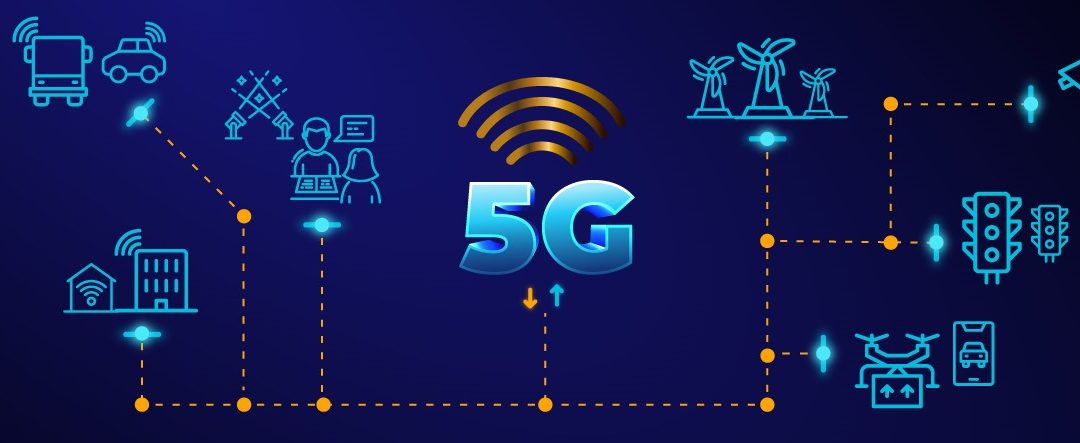We have all heard about the impending 5G technology, although most of us have not yet been able to experience it in its full power. Forecasts indicate that by 2025 at least 20% of all mobile connections will be through 5G. The possibilities that we will have when this technology is widely implemented will be enormous. Data is transferred at high speed, latency times will be less than 1 ms, network capacity and spectral efficiency will be enormous. Making a truly functional and rewarding Internet of Things (IoT) a reality.
In pre-5G technologies, base stations transmit in all directions simultaneously. This fact is not very efficient due to the amount of energy wasted. In 5G it is transmitted in multiple beams through the multi-user MIMO system (Multiple Inputs, Multiple Outputs), it is transmitted more efficiently, with less power consumption and considerably expanding the bandwidth. Another very important aspect is to conveniently separate the multiple signals so that there is no interference between them or unwanted effects such as Jitter.
To meet all these expectations, an adequate physical support is necessary, in electronic systems, wiring and connectors. These must be up to par to meet the required quality of service. To meet all these needs, at ALFA’R we have prepared ourselves, developing various families of connectors for data with 5G technology, in various applications: where necessary latency times imperceptible to the user. In this way we offer a broad implementation in terms of connectivity for the growing demand for digital communications in the coming decades.
Our range of High Speed (VA) connectors is integrated in the different cases solving electrical and mechanical problems and guaranteeing the reliability and durability of the products.We must not lose sight of the fact that these are professional connectors with intensive use and high quality standards.
In addition, these connectors are versatile and must, in some cases, coexist with signals of another nature such as power signals, Optical Fiber, Radio Frequency, in industrial environments with fluids, etc… at ALFA’R, the integration of all types of signals for the creation of complete solutions in terms of connectivity has always been a priority, and today High Speed (AV) data should not be an exception.
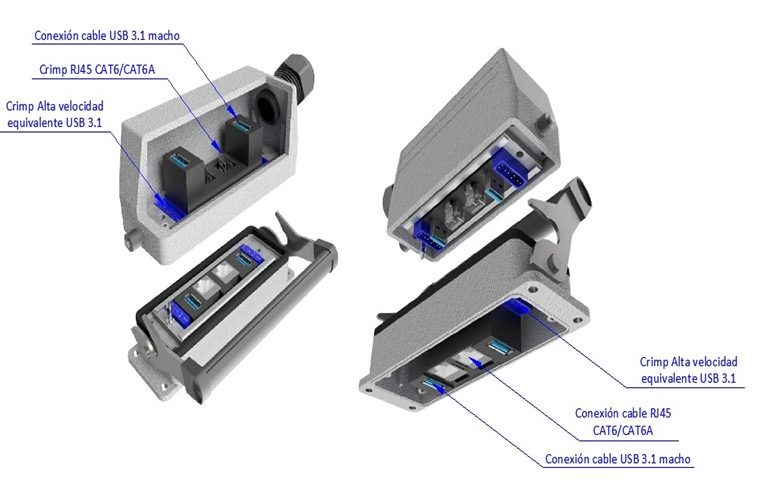
Rectangular MC connector with housing and HS modules
For the design of a reliable and quality connector, all the classical radio frequency (RF) network theory has been taken into account. We have thoroughly re-studied analogue network theory and extrapolated it to digital signals, the analogy is very palpable. We found that the same problems that were had, in its day, in the development of RF technology, as the frequency increased and the problem derived from interference, is very similar to the problem, today, for signals with bits.
The solutions in some cases are similar, as in the case of shields to avoid interference or exactitude in achieving a transmission where return losses are minimized. For this, the definition and stability in the entire transmission chain of the characteristic impedance is basic.
In other cases they differ, such as, for example, in the support of coaxial lines in the analogue case or parallel lines or twisted pairs in the digital case. Also the powers have nothing to do with it. While in classical radio the powers could be high, in digital data transmission the powers are very small, which simplifies the development of such technology.
This development has experimented with various distributions of the contacts and their shields; and different support materials in order to obtain an excellent connector suitable for High Speed data. Which must achieve the best results in three pillars: its electrical behaviour; mechanic; security and environment.
At an electrical level, we have studied and optimized its behaviour in 4 measures:
Constant and adapted characteristic impedance, measured through reflectometry in the TDR time domain, and minimization of Return Loss RL, Insertion Loss IL, and crosstalk between channels.
Depending on the degree of shielding between pairs required, we offer solutions with the distributions shown:
The solutions in some cases are similar, as in the case of shields to avoid interference or exactitude in achieving a transmission where return losses are minimized. For this, the definition and stability in the entire transmission chain of the characteristic impedance is basic.
In other cases they differ, such as, for example, in the support of coaxial lines in the analogue case or parallel lines or twisted pairs in the digital case. Also the powers have nothing to do with it. While in classical radio the powers could be high, in digital data transmission the powers are very small, which simplifies the development of such technology.
This development has experimented with various distributions of the contacts and their shields; and different support materials in order to obtain an excellent connector suitable for High Speed data. Which must achieve the best results in three pillars: its electrical behaviour; mechanic; security and environment.
At an electrical level, we have studied and optimized its behaviour in 4 measures:
Constant and adapted characteristic impedance, measured through reflectometry in the TDR time domain, and minimization of Return Loss RL, Insertion Loss IL, and crosstalk between channels.
Depending on the degree of shielding between pairs required, we offer solutions with the distributions shown:
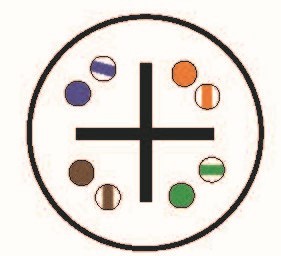


Isolated pairs
Individually shielded pairs
Orthogonal pairs
Another decisive element when choosing the material has been that it complies with UL safety regulations, and more specifically in flammability, a very important safety parameter required by the current market. We have imposed that it complies with UL 94 V0, Fire extinguishes in 10 seconds without dripping, which is the most restrictive for plastic materials.
In addition, it has been decisive that the chosen material must have variability, stability of the dielectric constant with atmospheric variables (pressure, temperature, humidity, etc …), and with the frequency or speed of data transmission.
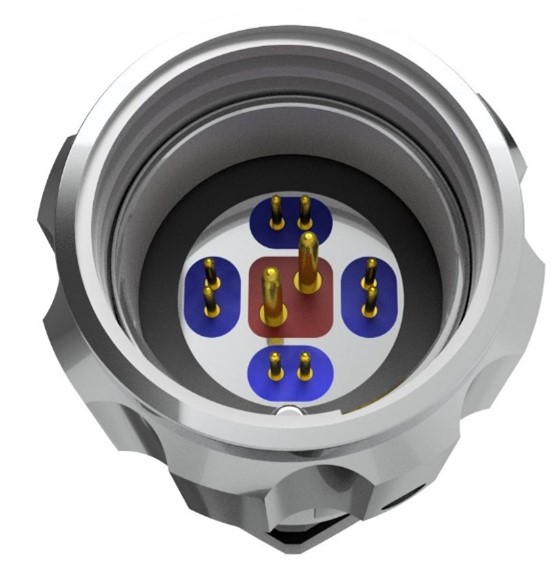
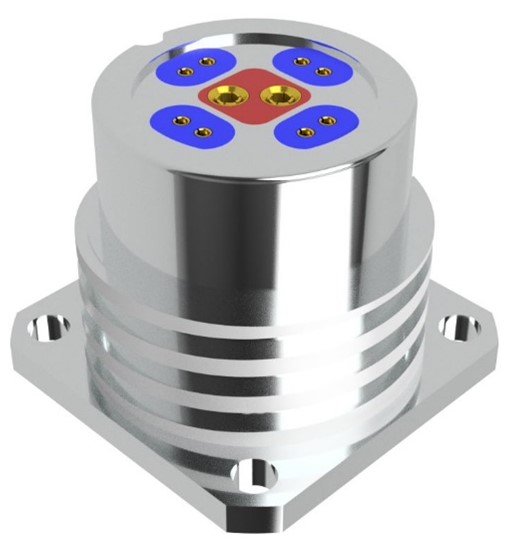
MC circular connector size 20 with 4 shielded pairs + power supply
How we have always thought about the installer, the ease of wiring, providing tools for mounting, inserting and removing pins.
For data cables we have pins from AWG28 (0.08 mm2) to AWG22 (0.33mm2), although the most common would be between AWG26 (0.13 mm2) and AWG24 (0.21 mm2). While for power cables, we have developed pins for cables from AWG22 (0.33mm2) to AWG17 (1mm2).
For data cables we have pins from AWG28 (0.08 mm2) to AWG22 (0.33mm2), although the most common would be between AWG26 (0.13 mm2) and AWG24 (0.21 mm2). While for power cables, we have developed pins for cables from AWG22 (0.33mm2) to AWG17 (1mm2).
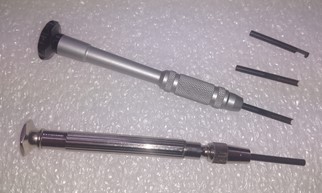
Insertion and removal tools for HS dowels
Also, some versions offer the possibility of inserting existing commercial AV RJ45 CAT6 / 7 connectors, USB 3.x, HDMI, etc … and inserting them into very robust housings, for extreme fatigue applications.

MC connector size 40 with RG45 CAT6.x / 7.x + power and data contacts
The challenge of introducing these connectors outdoors, at sea, in means of transport, areas of high pollution, noise, in industrial environments, in Industry 4.0 applications, … They have made our priority to “encapsulate” said connectivity and make it immune to severe environmental and industrial agents such as temperature extremes and rapid temperature changes, vibrations, shocks, torsional forces, humidity, etc… And to a high number of interconnections for systems where many connection-disconnection cycles are required.
In the following images we show you some of our proposals both in circular, rectangular and rack equipment connectors.
In the following images we show you some of our proposals both in circular, rectangular and rack equipment connectors.
More Information
